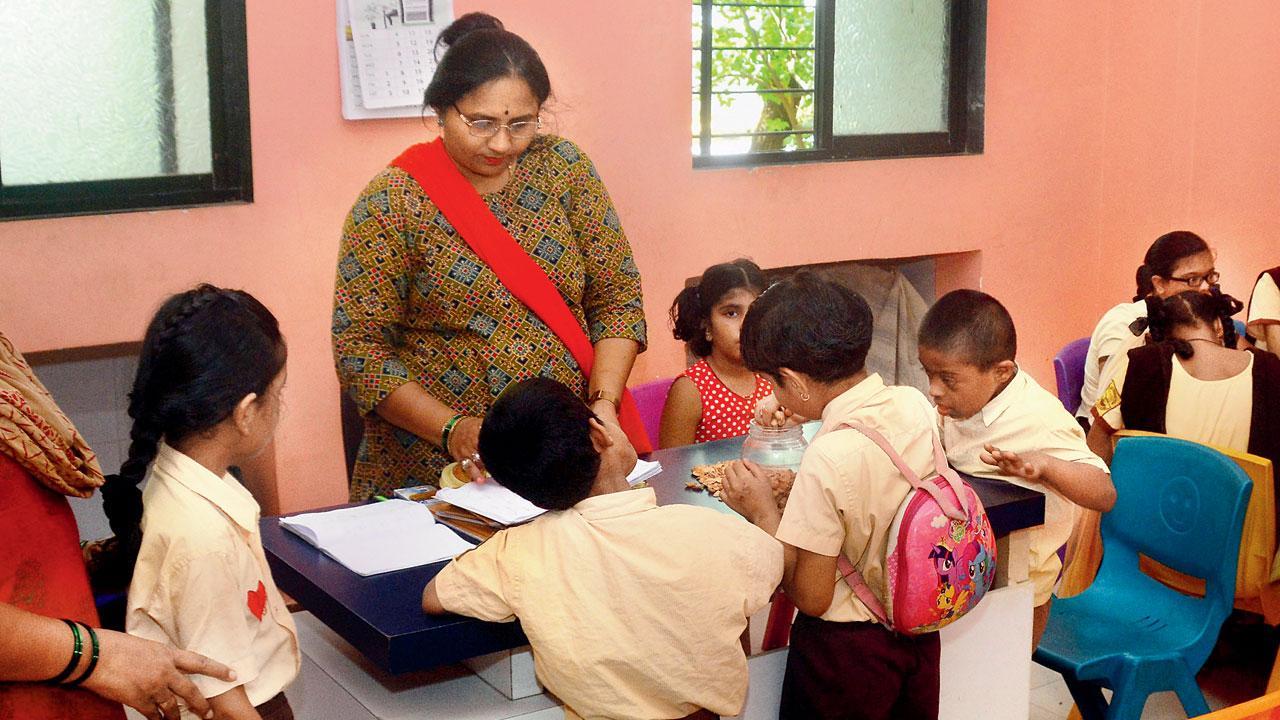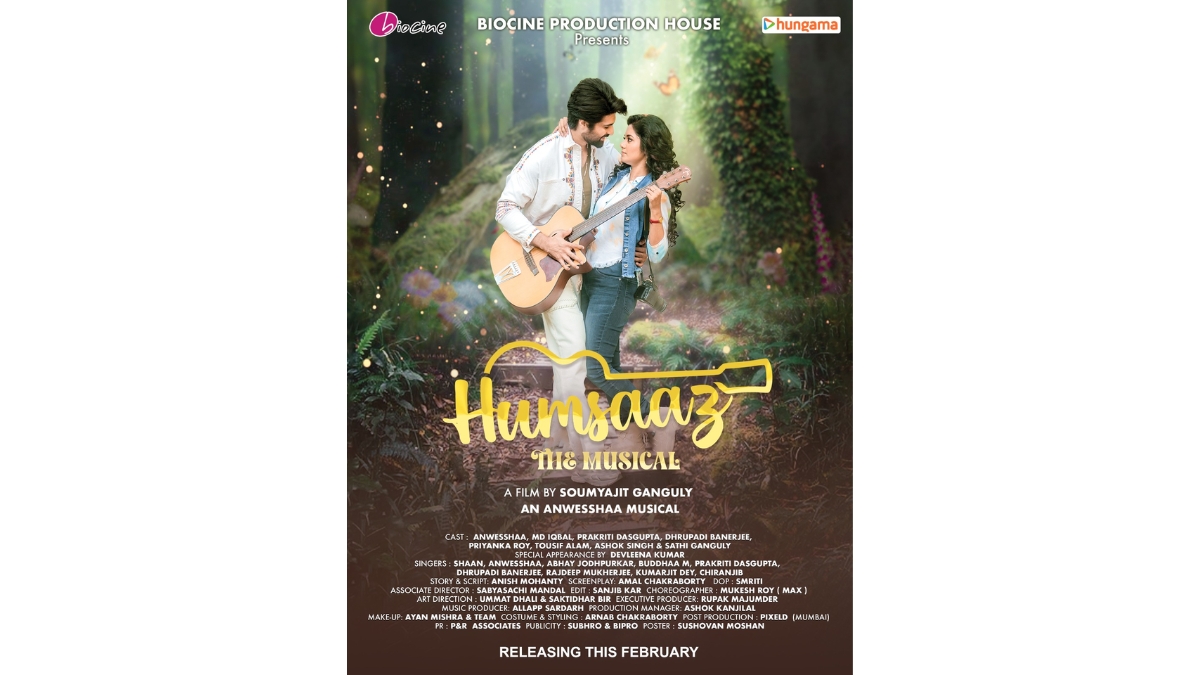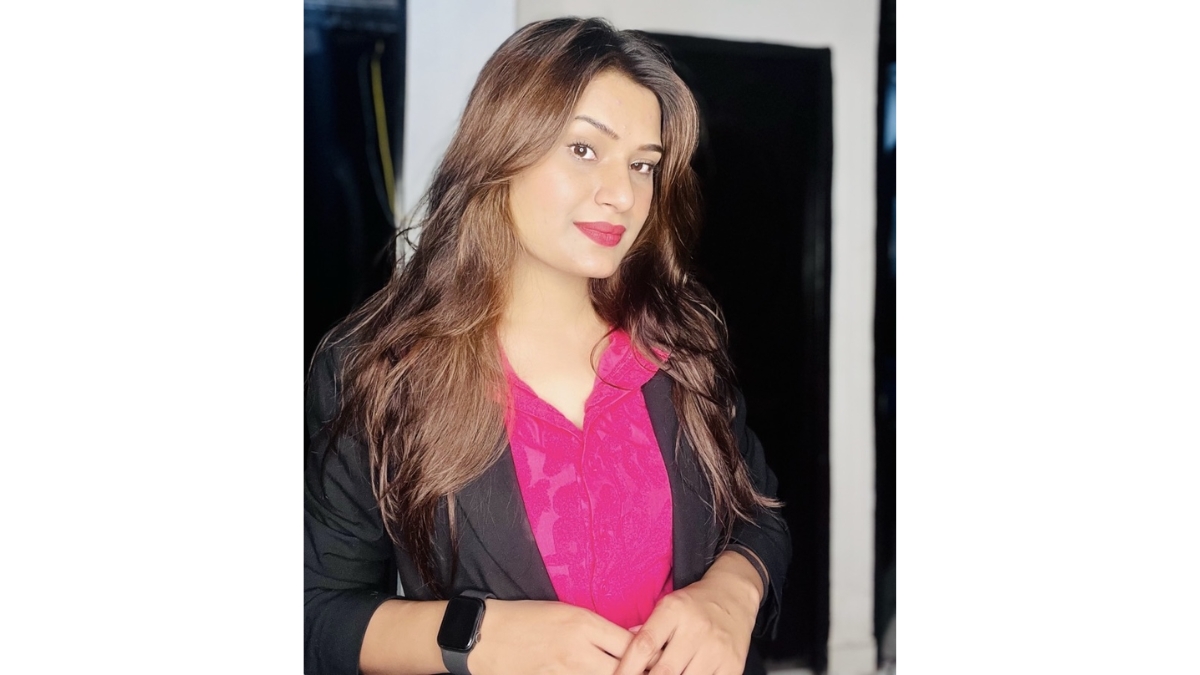Mumbai: The champions of Chembur

The mood at the Sulabha School for Special Education and Research can only be described as jubilant. Students and teachers alike can hardly wait to see the newest addition to the gleaming gold trophies propped up in the corner of the staff room—a gold medal won by 20-year-old Prasiddhi Kamble at the Special Olympics currently underway in Berlin. Kamble won the medal for the 25 metre freestyle swim in the individual category on June 21. The school is all the more proud of the fact that India has already crossed the 50-tally medal mark so far, with winners across categories like athletics, cycling, powerlifting, roller-skating, and swimming.
The 40-year-old school housed in a red brick building has a history as colourful as the charts on the walls of its classrooms. Furniture is bare minimum here; the students are encouraged to move around, keeping their bodies as free as their spirits should be. The school that started in a small room in the Sarvodaya Hospital in Ghatkopar in 1979, with only one teacher and five students, has now become a safe space for special children, including those on the autism spectrum and those with learning disabilities.
“Even in 2023, the acceptance margins for the differently-abled are still at their bare minimum. The social conditions were even worse in the 1980s,” says Dr. Manilal Gada, a psychiatrist and one of the trustees of the school. He recalls running from pillar to post to find a space for the school. Even that space became unavailable when the hospital staff went on strike and the atmosphere inside the premises turned turbulent.
“One of the trustees wrote a postcard to the Doordarshan office in Worli, requesting help getting a place to run a special school. Luckily, the postcard reached them, and they got in touch,” Gada narrates. Gada and two other trustees were interviewed by Hindi writer Kamleshwar Prasad Saxena on his show Parikrama. As it happened, an official with the Maharashtra Housing and Developmt Authority (MHADA) was watching the programme and stepped in to help. This, however, was hardly the end of the Trust’s concerns. The plot of land that they got was in Chembur’s Tilak Nagar which, in 1982, was the active stronghold of a major underworld gangster. Nevertheless, they started construction and soon, the school was operational. It would still be a while before the school garnered the confidence of parents, and its numbers grew.
Today, the school has a strength of 140 students, a teacher-student ratio of 1:10, is recognised by the Maharashtra Social Welfare Department, and has special educators with a Rehabilitation Council of India license. It is equipped with textile handlooms, where the children learn to spin doormats and carpets out of old saris and other recycled material. They learn jewellery-making, and also how to package it for sale. In the classrooms, students who are diagnosed with autism receive one-on-one assistance, with a teaching method curated to their specific needs. Most of the students enjoy doing repetitive work like packaging material or shelving items, or work that follows a specific set of processes.
Sports, however, have always been a priority at the school, and students are encouraged to pursue activities they enjoy. The school was first put on the global map by Nitin Desai, who cinched the gold medal for swimming in Minneapolis, USA, at the 1991 International Special Olympics. “He went there alone, with only his coach,” a proud Gada reminisces. Afrin Ansari was another star, winning bronze in badminton at the Asia Pacific Special Games in Australia in 2013. “The basic principle,” Gada emphasizes, “is acceptance and awareness on part of the teachers.”

Atul Tiwari is a seasoned journalist at Mumbai Times, specializing in city news, culture, and human-interest stories. With a knack for uncovering compelling narratives, Atul brings Mumbai’s vibrant spirit to life through his writing.





